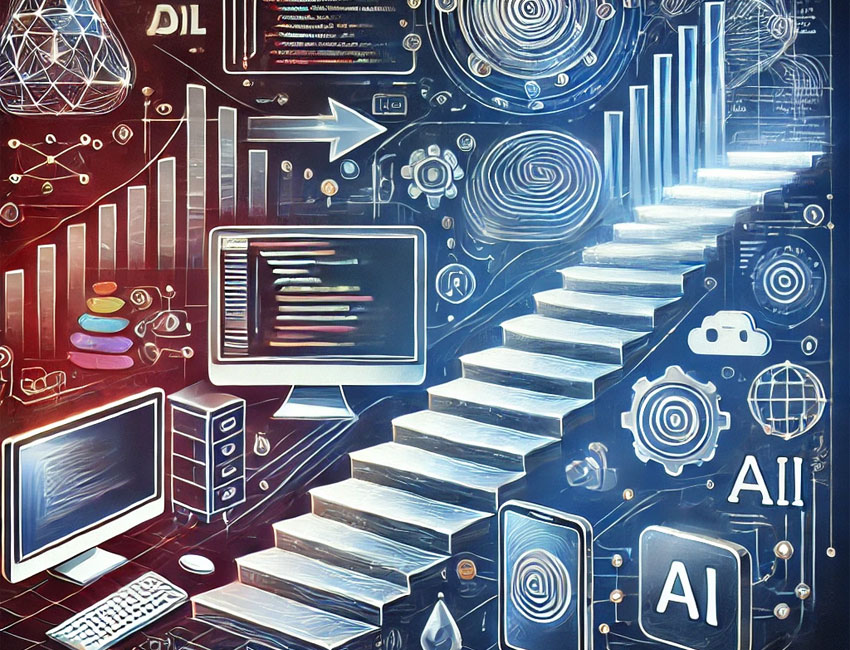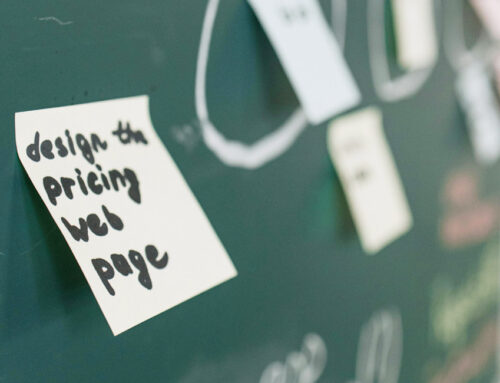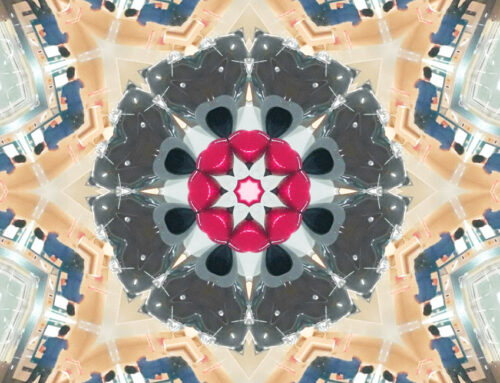Will Web Design Be Taken Over By AI

The Evolution of Web Design: From Simple Pages to AI-Powered Platforms
Web design has undergone a remarkable transformation, evolving from simple static pages to dynamic, AI-driven platforms. This journey reflects technological advancements, changing user expectations, and new design approaches. In the early days of the internet, web design was limited to basic HTML pages that were functional but lacked interactivity or aesthetic appeal. These early websites were built primarily to provide information, with little focus on user experience.
The Rise of Interactivity and User-Centric Design
As technology advanced, the introduction of CSS and JavaScript in the late 1990s allowed designers to create more visually engaging and interactive websites. The early 2000s marked the rise of Web 2.0, which introduced social interaction and user-generated content. This era focused on improving user experience, emphasizing accessibility, and creating designs that worked seamlessly across different devices.
AI and the Future of Web Design
Fast forward to today, and artificial intelligence (AI) has begun reshaping web design. AI technologies streamline the design process, automate repetitive tasks, and offer personalized experiences. Tools like Adobe Sensei and Wix ADI are already enhancing workflow efficiency, allowing designers to focus on the creative and strategic aspects of web design. With AI’s growing influence, we’re entering a new chapter where human creativity and automated processes are working hand-in-hand to redefine the web design landscape.
Current Trends in Web Design
Today, web design is a multifaceted discipline that balances aesthetics, functionality, and user experience. AI is playing an increasingly important role, enabling designers to automate tasks such as image optimization and layout adjustments. AI-powered platforms like Wix ADI allow even non-technical users to create functional websites, democratizing web design and making it more accessible.
Emerging technologies like virtual reality (VR), augmented reality (AR), and voice interfaces are poised to revolutionize user interaction, offering more immersive and personalized web experiences. These technologies, combined with AI, are shaping the future of web design, with a focus on creating intuitive, user-friendly interfaces.
The Role of AI in Web Design
AI is not just transforming how websites are built; it’s also improving the ongoing user experience. AI tools can analyze user behavior and provide insights that help designers adapt content to meet users’ evolving needs. These platforms continuously monitor website performance, making real-time adjustments to enhance engagement and usability.
However, AI is not here to replace web designers; rather, it’s enhancing their work. By automating routine tasks, AI frees up designers to focus on more creative and strategic aspects of web design. This collaboration between human designers and AI is opening new possibilities and expanding the boundaries of what’s possible in web design.
Embracing Innovation and the Future of Web Design
The future of web design will be shaped by a combination of AI, personalization, automation, and sustainability. Designers who can effectively leverage these tools will be at the forefront of the industry, creating websites that are not only visually appealing but also functional and user-centered.
At denote.ie, we stay ahead of these trends, integrating the latest technologies to design websites that offer a seamless user experience while maintaining creativity and strategic insight.


